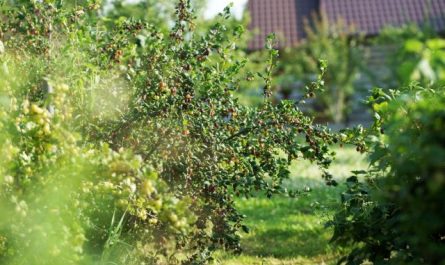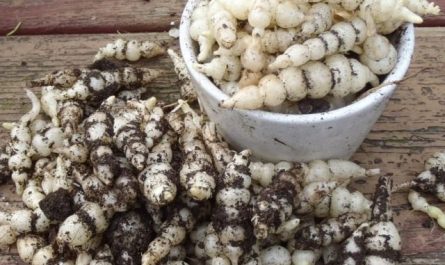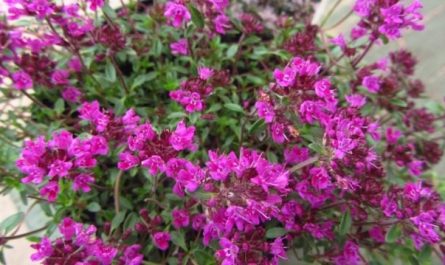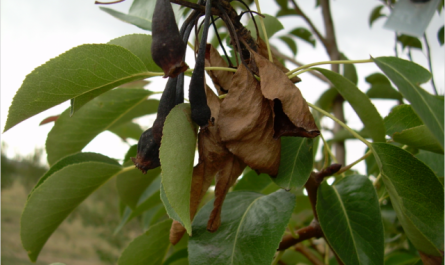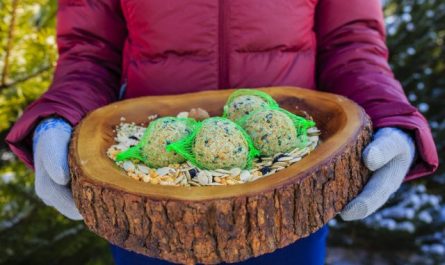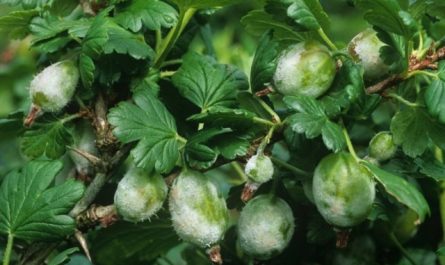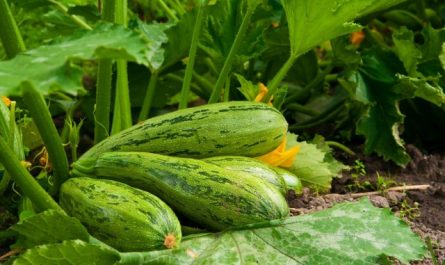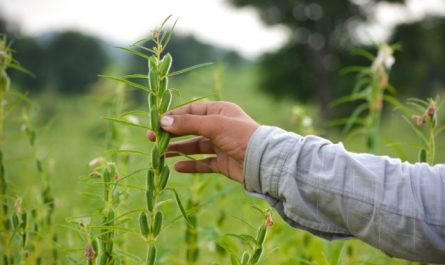Quince is a pome fruit crop. The trees are shorter than apple and pear trees and bloom with single flowers. The fruits of garden quince are large and contain from 10 to 70 seeds. Quince is propagated by cuttings, grafting, root suckers, and sometimes by seeds. Quince fruiting age is 3 to 4 years. It is a very moisture-loving crop. The quince root system does not penetrate deep into the soil, so with insufficient irrigation, the quality of the fruit deteriorates sharply. They become small, hard, with a large number of stony cells. Quince is inferior to pear in frost resistance. Since the tree blooms late, it is not afraid of spring frosts.

Quince fruits are used mainly for processing, as they are not very edible when fresh. The advantages of quince include high vitamin content, very large fruit size, the average weight of which is 1 – 2 kg. In gardens, quince is used as a dwarf rootstock for pears.
There are three varieties of cultivated quince, each with a different fruit shape: apple-shaped, pear-shaped, and Portuguese.

The following varieties are used for cultivation in regions with a warm climate, as well as in greenhouses.
Japonica. Another name is Chaenomeles. It comes from Japan. A shrub form, grows up to 3 m, a very light-loving variety. Less demanding of moisture and soil quality than other varieties. The fruits are smaller than those of other varieties and of common varieties of garden quince, the average weight is up to 70 g, yellowish-green in color. They are used for processing.
Abundant Crimean. A folk selection variety. Due to its relative winter hardiness, it can be grown in gardens, but it is better to grow it in protected soil. The trees are medium-sized, the fruiting age is 3-4 years. The average weight of the fruits is 300 g, the color is lemon-yellow, the pulp is dense, perfect for processing. The variety is self-sterile.
Crimean aromatic. The variety was bred in the Nikitsky Botanical Garden. The trees are vigorous, the fruiting age is 2-4 years. The average weight of the fruits is 300 g, the color is lemon-yellow, the pulp is juicy, sourish. The tree is relatively frost-resistant, but the flowers can be damaged by spring frosts. The variety is self-fertile.

© Dietrich Krieger
World. The variety was obtained in Crimea. The trees are medium-sized, the fruiting age is 2-4 years. The variety is relatively winter-hardy, characterized by high regular yield. The average weight of fruits is 500-600 g, excellent for canning. The variety is self-fertile.
An excellent pupil. The variety was obtained in Crimea. The trees are medium-sized, the fruiting age is 3 years. The variety is relatively winter-hardy. Refers to self-fertile.
Portuguese. A variety of low winter hardiness, trees are vigorous, fruiting age is 4 years. Average fruit weight is 300-400 g, pulp is yellow, tart. The variety is perfect for canning. Refers to pure self-fertile.

